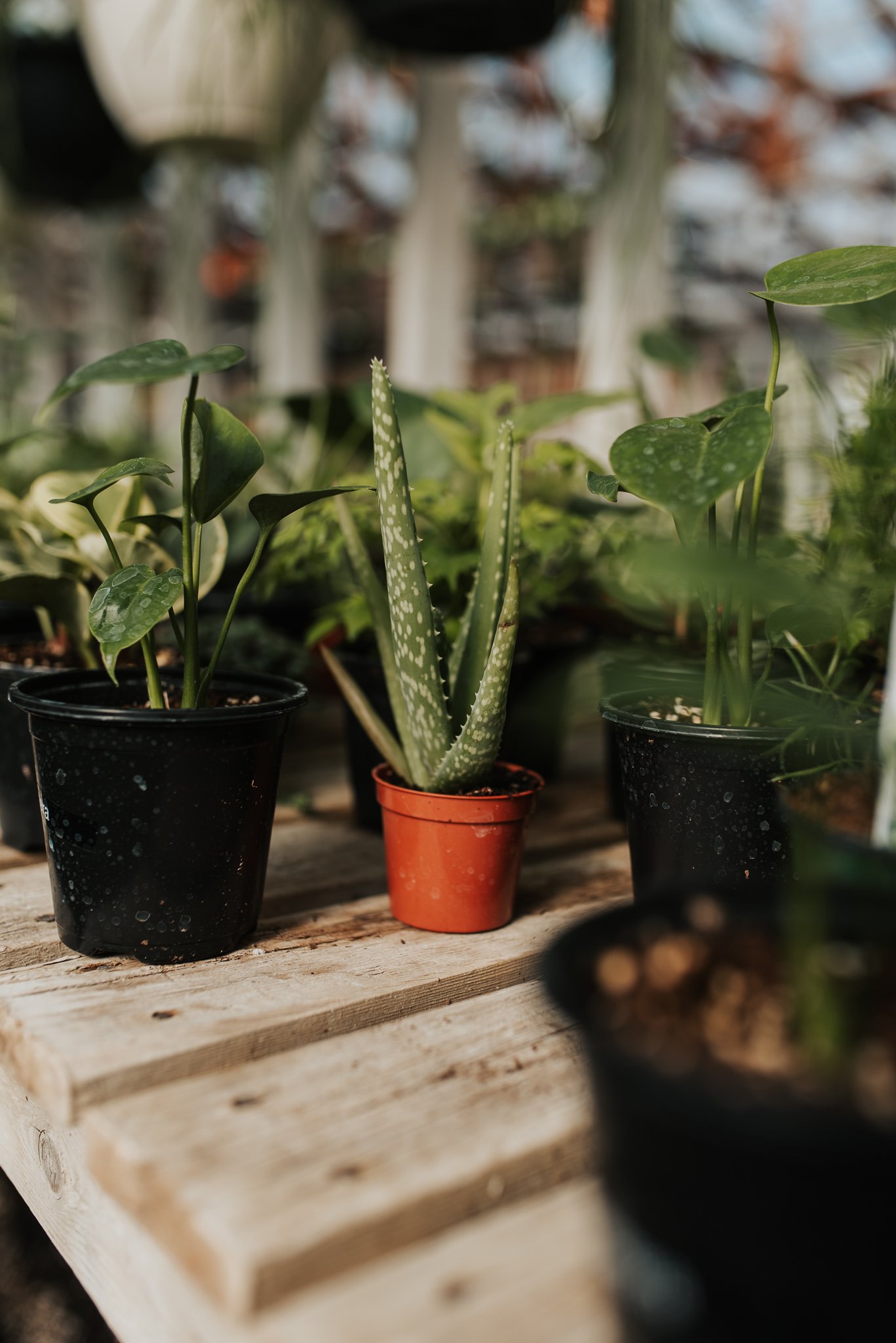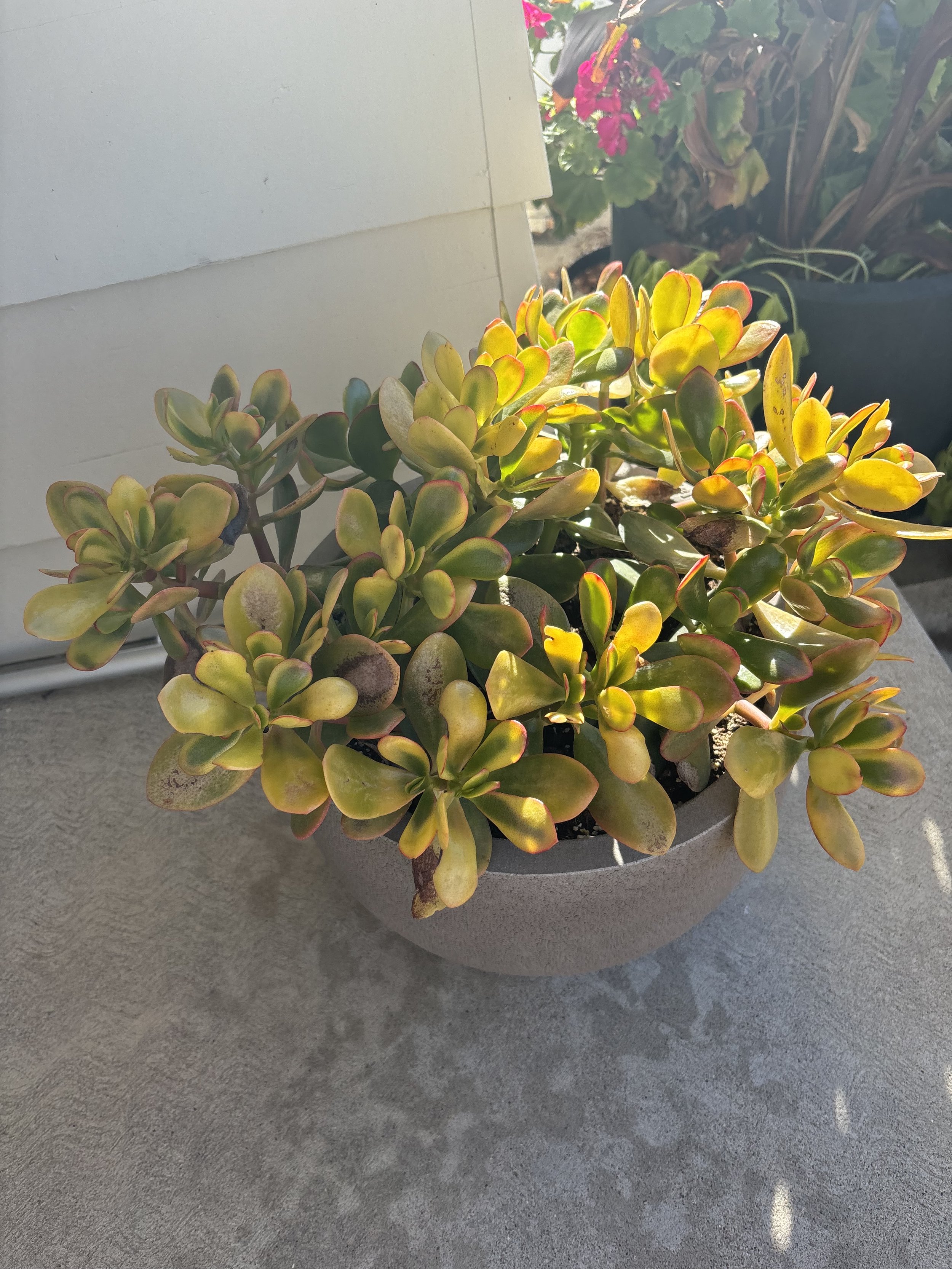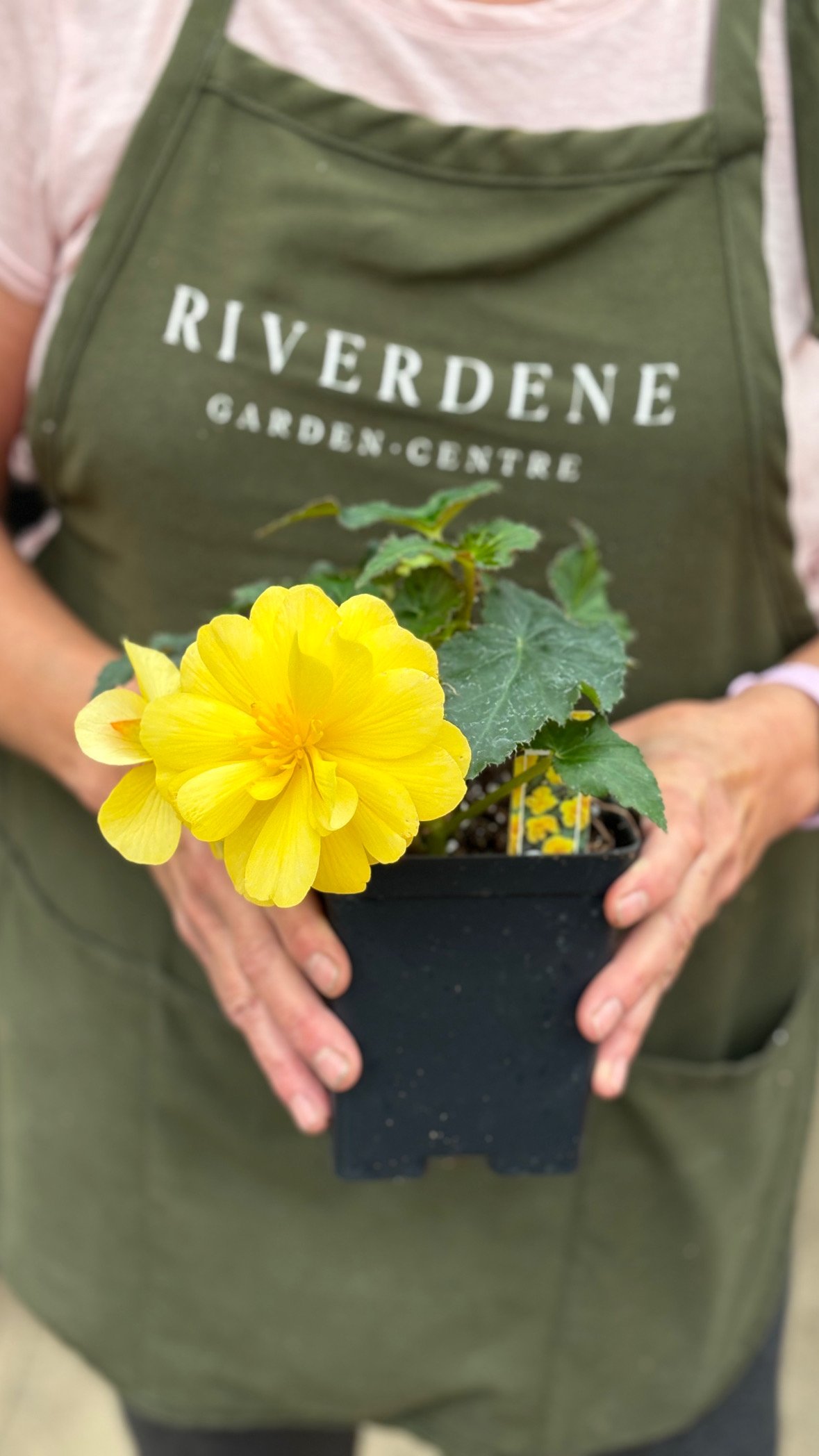Bringing your Plants (but not the bugs) Indoors for the Winter
With the temperature dropping, it's time to think about bringing your beloved outdoor plants indoors for the winter. While your plants have (hopefully) thrived outdoors for the summer (despite the heat wave), now is the time to bring those tropicals and house plants back indoors before the next frost gets them.
A common concern for those of us who like to move our tropicals outside for the summer, is how to prevent bugs from hitching a ride back inside and causing a pest problem for the winter. Here's a step-by-step guide on how to safely bring your plants indoors while minimizing the risk of bringing bugs with them.
Step 1: Inspect Your Plants Thoroughly
Before bringing any plant inside, give it a thorough inspection. Look closely at the leaves (both top and underside), stems, and soil surface for signs of pests such as aphids, spider mites, or ants. Use a magnifying glass to spot smaller insects. Key areas to check include:
- Leaf axils (where the leaf meets the stem)
- Folds or crinkles in leaves
- Soil surface for crawling bugs
- Underneath pots where pests like to hide
If you spot any bugs or eggs, you'll need to take action before moving the plant indoors.
Step 2: Rinse the Plants
Once you've inspected your plants, give them a good rinse to wash away any bugs, eggs, or larvae. Use a strong (but not damaging) spray from a hose (or a showerhead if the plant isn’t too large). This helps to dislodge pests hiding on the foliage and stems. Be sure to rinse both the top and underside of the leaves thoroughly. For smaller plants, submerging the pot in water can help flush out any insects living in the soil.
Step 3: Treat for Pests
Even if you don’t see any bugs, it’s a good idea to treat your plants as a preventive measure. Here are a few safe options to consider:
- Insecticidal soap: Apply insecticidal soap to the leaves and stems. This will kill many common pests on contact but is safe for most plants.
- Neem oil: Neem oil is a natural pesticide that works well for a variety of pests. Spray the entire plant with a diluted neem oil solution to suffocate insects and eggs.
- Diatomaceous earth: Sprinkle food-grade diatomaceous earth on the soil surface to kill crawling insects. This powder is safe for plants and pets but deadly to bugs with exoskeletons.
Step 4: Repot or Refresh the Soil
One of the easiest ways pests get into your home is through the soil. If your plant’s soil looks questionable (full of bugs or larvae), consider repotting it with fresh soil. Alternatively, you can refresh the top layer of soil by removing a few inches and replacing it with new, clean soil.
Step 5: Quarantine the Plants
Once you've cleaned and treated your plants, place them in a quarantine area indoors, away from other houseplants. Keep them here for 1-2 weeks to ensure that no hidden pests emerge. During this time, continue to monitor the plants for any signs of bugs, such as yellowing leaves, holes in foliage, or webbing.
Step 6: Maintain Indoor Plant Health
Plants can sometimes experience stress when they are brought indoors due to changes in light and humidity. This stress can make them more susceptible to pests. To keep your plants healthy:
- Gradually reduce light exposure: If your plants were in full sunlight, gradually reduce their light exposure before moving them inside to prevent shock.
- Increase humidity: Indoor air tends to be drier, especially during winter. Grouping plants together or using a humidifier can help keep the air moist.
- Check regularly: Even after bringing them inside, continue to inspect your plants regularly for signs of pests or diseases. The sooner you spot a problem, the easier it will be to treat.
Common Winter Plant Pests
Even with preventive measures, some pests may still manage to come inside. Keep an eye out for these common indoor plant pests:
- Aphids: Small, soft-bodied insects that cluster on new growth.
- Spider mites: Tiny bugs that create fine webbing on leaves.
- Fungus gnats: Small flying insects that are often found in the soil.
- Mealybugs: White, cotton-like pests that attach to stems and leaf joints.
If you do notice any pests, act quickly to isolate the affected plant and treat the infestation before it spreads to other houseplants.
With a little prep work, and keeping an eye open for pests, you can ensure your plants thrive indoors all season long and keep those unwanted insects out of your home. Happy gardening!
We hope you have the best success bringing your plants indoors for the winter. If you have any questions, feel free to reach out at riverdenegardencentre@gmail.com!




